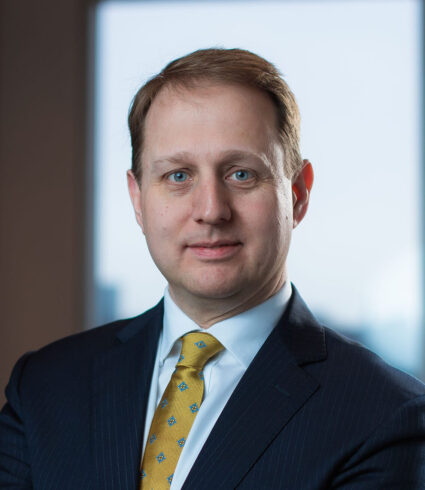
Christopher Schuh
Primary Impact, Materials, Research Type

Contact Info
Research
Professor Christopher Schuh’s research group uses experiments, analytical theory, and computer simulations to explore the processing-structure-property relationships in structural materials such as metals and ceramics. He and his colleagues are particularly interested in the design of new materials from the atomic level up, including alloys with designer grain boundaries and functional ceramics optimized by lattice engineering. They study design and processing of those materials, with an emphasis on fundamental science applicable to technology transfer and eventual full-scale production. Their work includes study on materials in extreme conditions often encountered in advanced processing methods or in severe applications.
Biography
Professor Schuh was the POSCO Professor of Materials Science and Engineering at MIT until August 2023; he is now Dean of the McCormick School of Engineering and the John G. Searle Professor of Materials Science and Engineering at Northwestern University.
Schuh earned a BS in materials science and engineering at the University of Illinois Urbana-Champaign in 1997 and a PhD at Northwestern University in 2001. He was the Ernest O. Lawrence postdoctoral fellow at Lawrence Livermore National Laboratory in 2001 before joining the faculty at MIT in 2002. He has co-founded several metallurgical companies, including Xtalic, which commercialized a Schuh Group process for producing metallic coatings now used in electrical connectors worldwide. He also co-founded additive manufacturing startup Desktop Metal, which develops metal 3-D printers, and Foundation Alloy, a metal part production platform.
Key Publications
Low-hysteresis shape-memory ceramics designed by multimode modeling
Created a category of shape-memory materials from ceramics that can operate at higher temperatures without sustaining much damage.